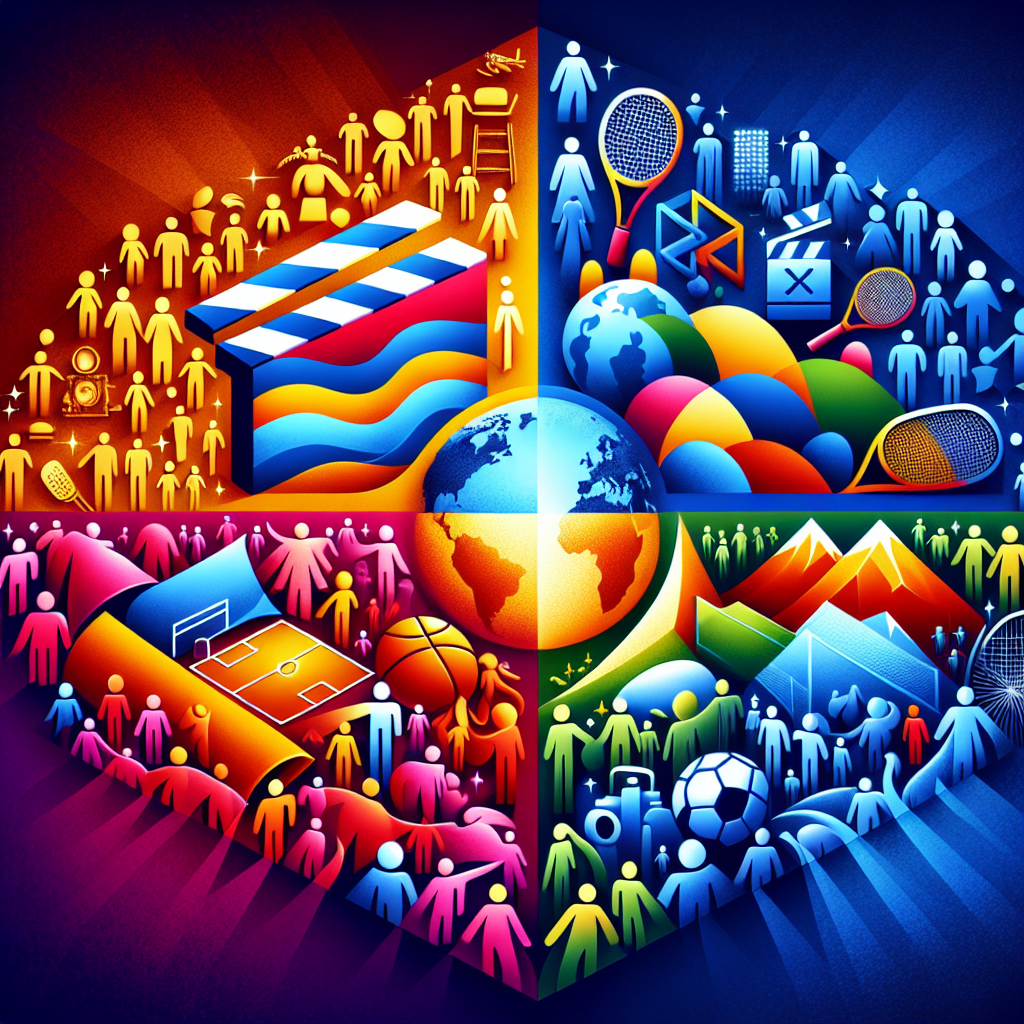Waterboy's Tulum Trip Sparks Debate on the Future of Influencer Marketing


What Happened:
Electrolyte brand Waterboy hosted a Gen Z-targeted influencer trip to Tulum in late June 2025, led by their new social media manager, Madi Marotta. The content, posted in an unfiltered, “sh*tposty” style, focused more on partying than the product itself—prompting widespread backlash on TikTok and Reddit for its lack of professionalism and product alignment. Despite criticism, Waterboy reported its best-ever sales week, suggesting the buzz translated into consumer interest.
Why It Matters:
This controversy exposes the delicate balance between authenticity and brand alignment in influencer marketing. While Waterboy's raw, creator-led storytelling resonated with some Gen Z consumers, it alienated marketing professionals and brand loyalists who expected strategic product integration. The case challenges conventional expectations of polished brand trips and reignites debate over who truly controls brand narratives—marketers or creators.
What It Signals:
The Waterboy trip may signal a shift from influencer extravagance to more grounded, consumer-focused activations. As skepticism toward influencer-led trips grows, future campaigns are likely to emphasize relatability, product utility, and genuine engagement—whether through micro-influencers, loyal customers, or hybrid content strategies. For brands, this means rethinking ROI: not just in buzz or sales, but in brand equity and long-term trust.
Mars Doubles Down on Convenience, Culture & Clean Eating in Bold Food Strategy Refresh

What Happened:
Mars Food & Nutrition unveiled its multi-pronged response to shifting consumer demands, focusing on bold global flavors, healthy convenience, and digital innovation. Through product launches like Ben’s Original Street Food and UK’s Lunch Bowls, as well as acquisitions such as Kevin’s Natural Foods, Mars is reshaping its portfolio to meet the needs of time-starved, health-conscious, and flavor-curious consumers.
Why It Matters:
Mars is offering a masterclass in brand agility—fusing AI-powered insights, cultural relevance, and wellness-driven product design to stay ahead of food trends. By balancing global authenticity with nutritional value and convenience, Mars is not only capturing Gen Z and Millennial attention but also redefining what “ready meals” can look like. This shift signals a new era where storytelling isn’t just about heritage or indulgence—it’s about solving everyday challenges with smart, scalable innovation.
What It Signals:
Mars' strategy is a strong indicator of the evolving food marketing landscape: one that rewards purpose-driven innovation, tech-enabled consumer understanding, and a move away from generic mass appeal. The success of its ready meal portfolio and digital-first outreach shows how brands that lean into specificity—be it flavor profiles, health benefits, or generational behaviors—will lead the next phase of CPG growth. Expect more brands to blend AI, culture, and culinary creativity to stay relevant and resilient.
TV 2 Denmark’s Tilted Tour Ads Shift the Creative Gear in Sports Marketing

What Happened:
TV 2 Denmark launched a visually arresting campaign ahead of the 2025 Tour de France, using tilted advertisements to mimic the steep gradients of the race’s most brutal climbs—like Mont Ventoux and Col de la Loze. Developed by creative agency &Co, the ads appeared across billboards, print, digital, and broadcast with slanted imagery and text that directly reflected each climb’s incline (e.g., 20% tilt for Col de la Loze). The goal: to give audiences a visceral sense of the Tour’s physical intensity and dramatize the pain and glory of the mountain stages.
Why It Matters:
This campaign is a standout example of how event-specific storytelling and visual metaphor can elevate brand presence in a saturated sports media landscape. Rather than rely on traditional race footage or endorsements, TV 2 Denmark translated the feeling of the Tour into a design-led, immersive idea. The approach connected emotionally with viewers while also aligning tightly with cultural pride—leveraging Denmark’s cycling fandom and heroes like Jonas Vingegaard. For marketers, it’s a case study in using contextually rich visuals to create deeper engagement.
What It Signals:
TV 2 Denmark’s campaign underscores a broader shift toward experience-driven and creatively risky advertising—especially in sports, where emotional stakes run high. By simplifying a complex concept (steep gradients) into a universally felt visual language, the campaign signals a future where intelligent design and audience empathy trump generic hype. Expect more brands to turn live event coverage into creative canvases that not only inform but viscerally involve the audience.
Coca-Cola x Star Wars: A Galactic Leap into Fan-Centric, AR-Driven Brand Storytelling

What Happened:
Coca-Cola and Disney launched “Coca-Cola x Star Wars: Refresh Your Galaxy”, a global campaign in July 2025 celebrating Star Wars fandom through 30 collectible cans and bottles and immersive AR experiences. Fans can scan QR codes on packaging or ads to unlock hologram-style transmissions and interactive character content, echoing iconic franchise moments. With exclusive designs available only at Disneyland and Disney World resorts, the campaign taps into collector culture, nostalgia, and the multigenerational love for Star Wars.
Why It Matters:
This campaign is a masterclass in integrated fan engagement—seamlessly merging physical collectibles, digital interactivity, and cross-platform advertising. By transforming everyday products into interactive storytelling devices, Coca-Cola deepens emotional resonance with both older fans and Gen Z audiences. The AR hologram feature and limited-edition designs demonstrate how brands can enhance fandoms by offering tangible and shareable moments, while Disney continues to turn its IP into cultural currency via strategic brand alliances.
What It Signals:
“Refresh Your Galaxy” points to a future where collectibility, personalization, and immersive tech converge as core pillars of consumer marketing. As brands increasingly seek ways to stand out in saturated markets, campaigns like this highlight the power of nostalgia-driven innovation paired with cutting-edge interactivity. Expect more global collaborations to blend physical merchandise with AR and social sharing—where storytelling becomes multi-sensory, fan-led, and always-on across touchpoints.
Meta Introduces Ads to WhatsApp: A Strategic Shift, Not a Betrayal

What Happened:
Meta has officially launched advertising on WhatsApp as of mid-June 2025, debuting ad placements within the Status and Channels features—areas designed for one-way brand communication. Users can now tap on these ads to immediately initiate a chat with businesses directly within WhatsApp. While this marks a significant departure from the app’s original "no ads" stance, Meta insists the core chat experience remains untouched, with ads confined to the Updates tab, which sees 1.5 billion daily users.
Why It Matters:
This move signifies a pivotal evolution in Meta’s business messaging strategy. For marketers, it unlocks a new, high-engagement channel to reach audiences within the world’s most-used messaging app. The seamless integration of ads into Status and Channels—combined with click-to-chat functionality—offers brands a powerful tool for direct-to-consumer engagement. With ad management now unified across WhatsApp, Instagram, and Facebook in Meta Ads Manager, the rollout reflects a step toward smarter cross-platform campaign orchestration, including AI-powered budget optimization.
What It Signals:
WhatsApp’s entry into advertising underscores a broader shift toward monetizing private messaging environments while maintaining a user-first narrative. Although privacy advocates remain cautious, Meta’s promise to limit ad targeting to basic signals like location and device language is a sign of the delicate balance platforms must strike between monetization and trust. Long-term, this could set a precedent for how encrypted platforms introduce commerce—slowly, surgically, and with a strong PR cushion—paving the way for conversational marketing at scale in the coming years.
Featured Blogs
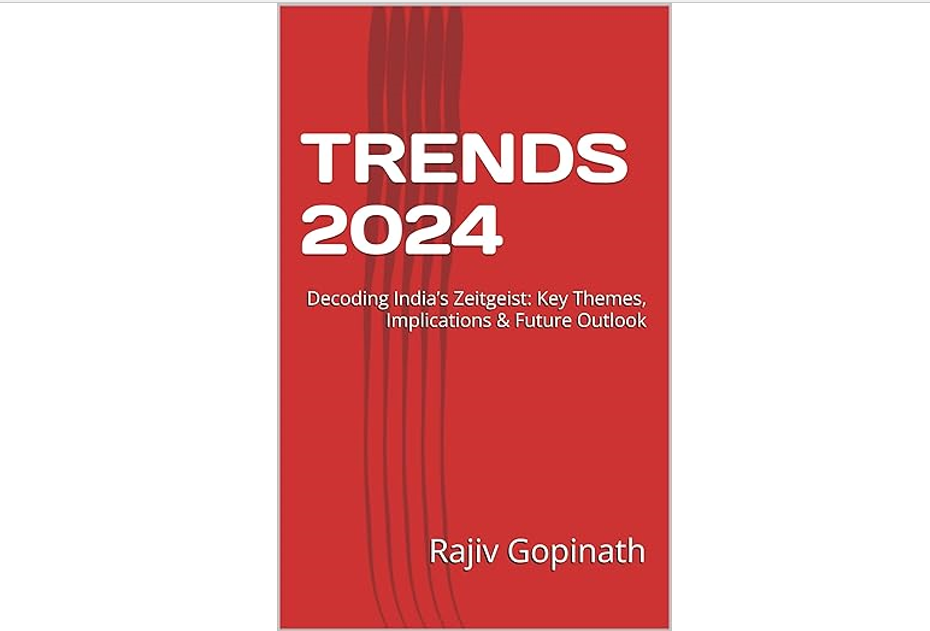
TRENDS 2024: Decoding India’s Zeitgeist: Key Themes, Implications & Future Outlook
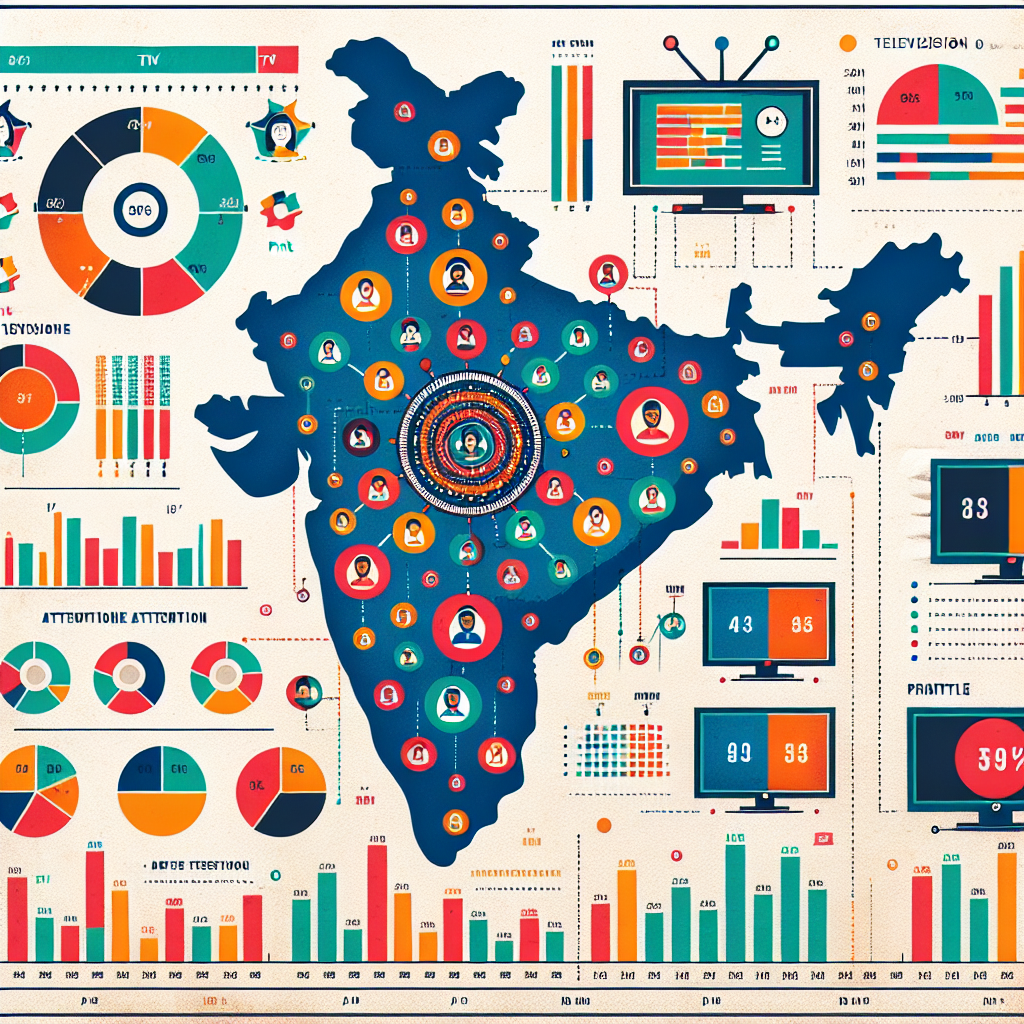
How to better quantify attention in TV and Print in India
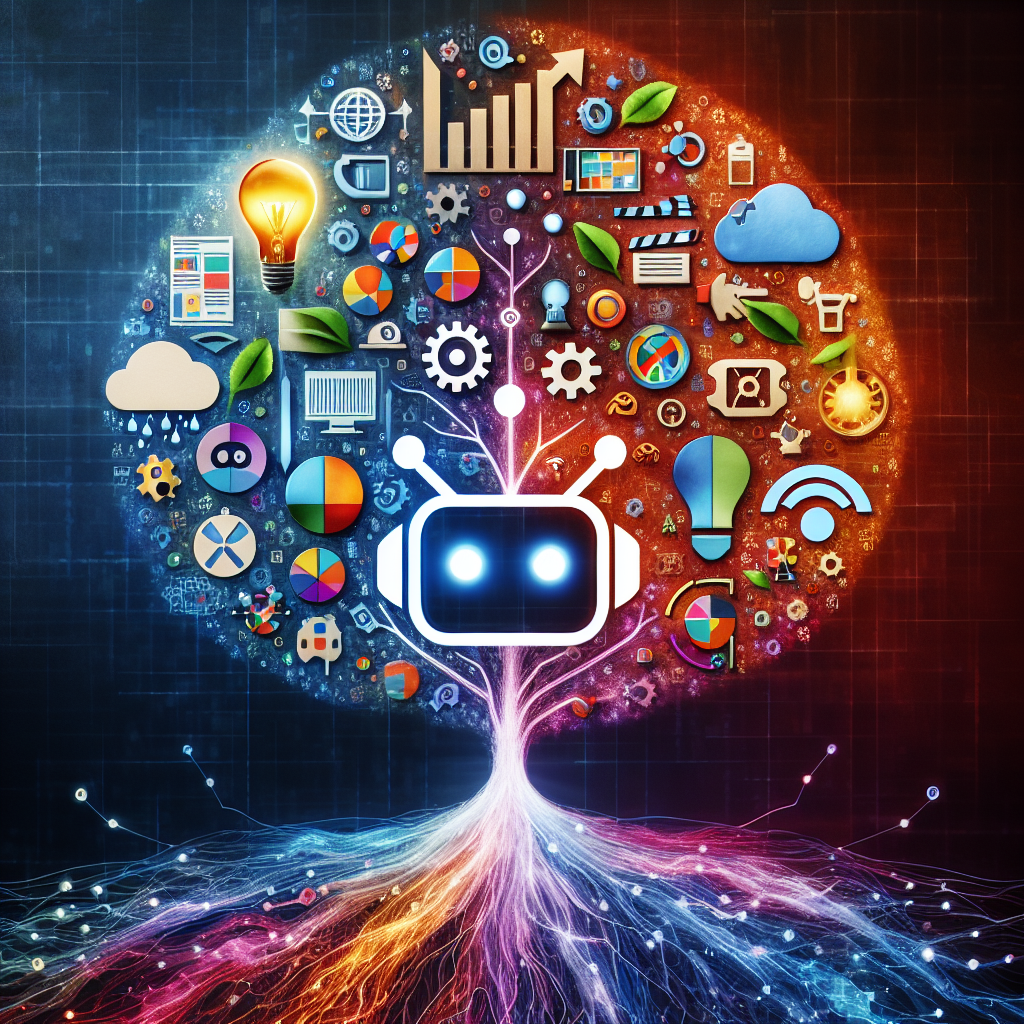
AI in media agencies: Transforming data into actionable insights for strategic growth
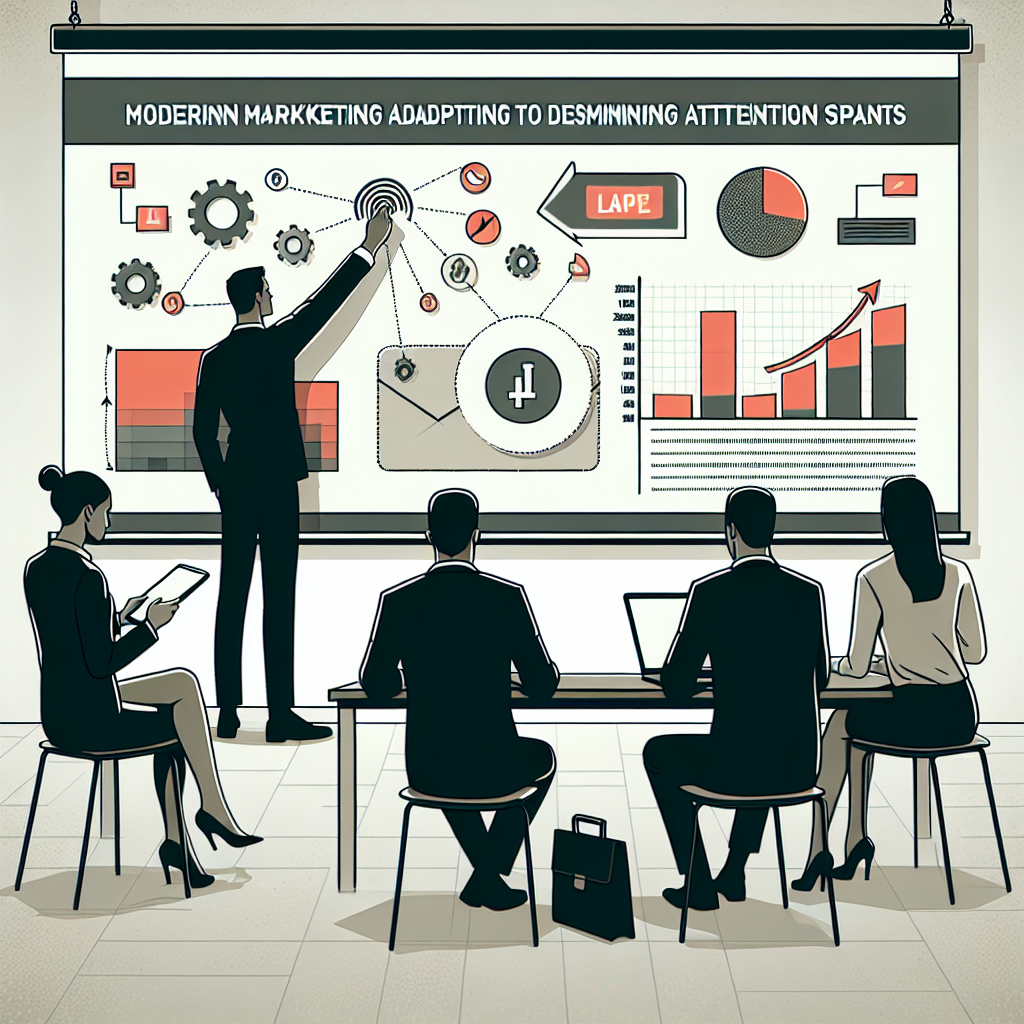
How the Attention Recession Is Changing Marketing
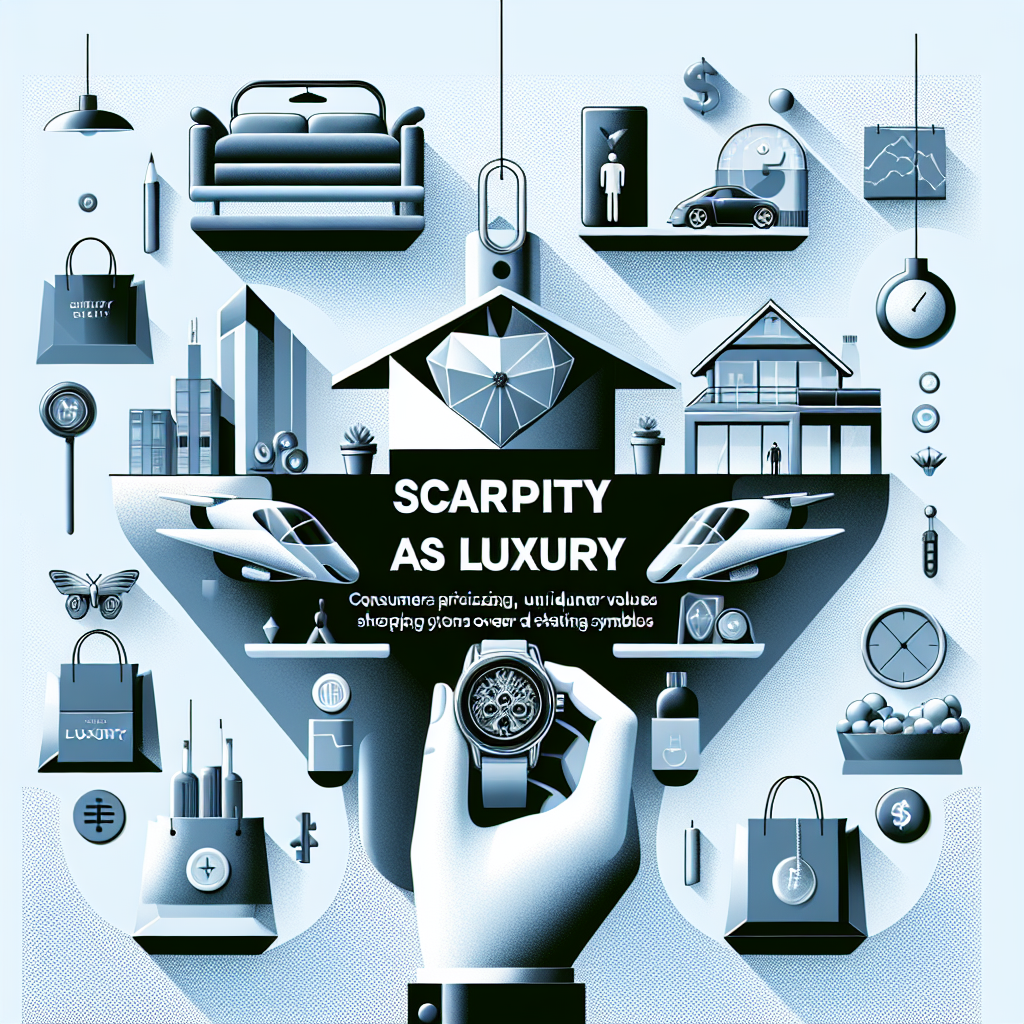
The New Luxury Why Consumers Now Value Scarcity Over Status

The Psychology Behind Buy Now Pay later

The Rise of Dark Social and Its Impact on Marketing Measurement

The Role of Dark Patterns in Digital Marketing and Ethical Concerns

The Future of Retail Media Networks and What Marketers Should Know
Recent Blogs
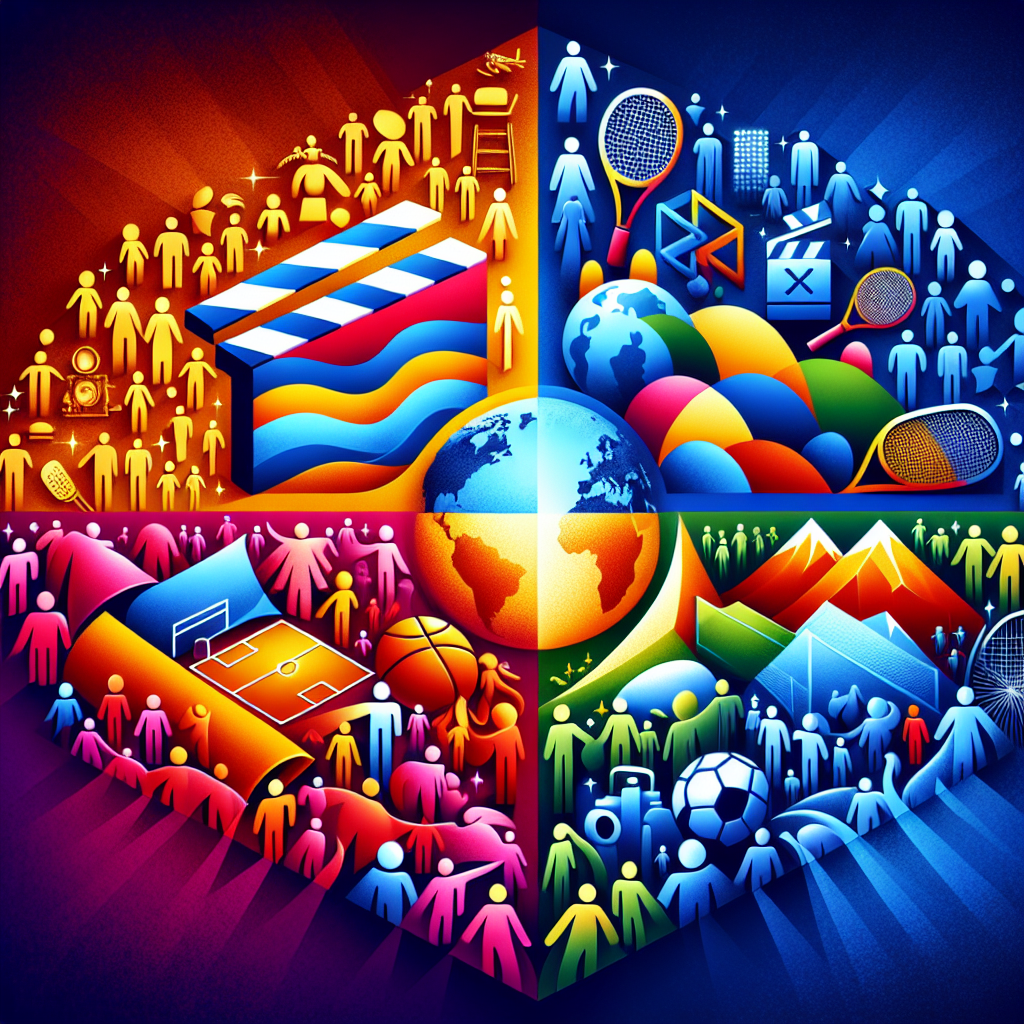
Trending Topics of The Week (30th December – 5th January)
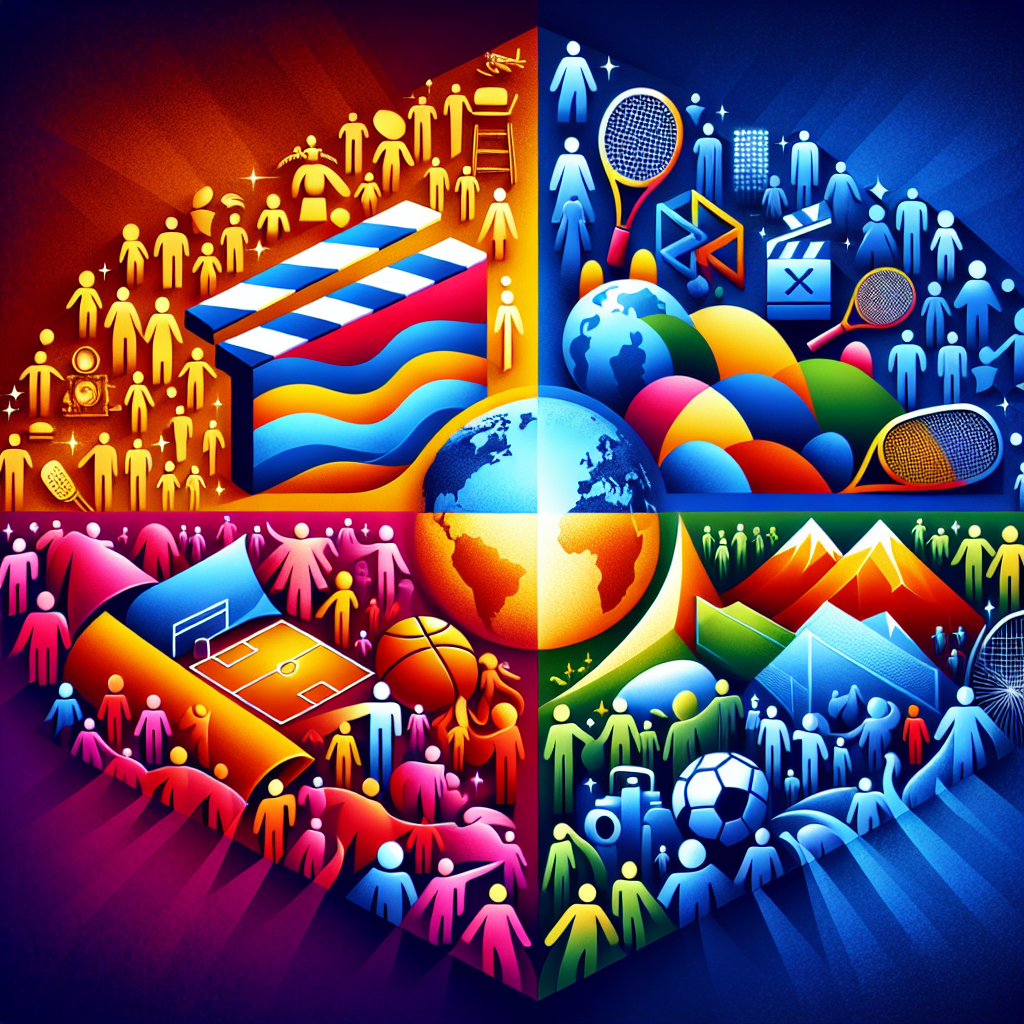
Trending Topics of The Week (23rd December – 29th December)
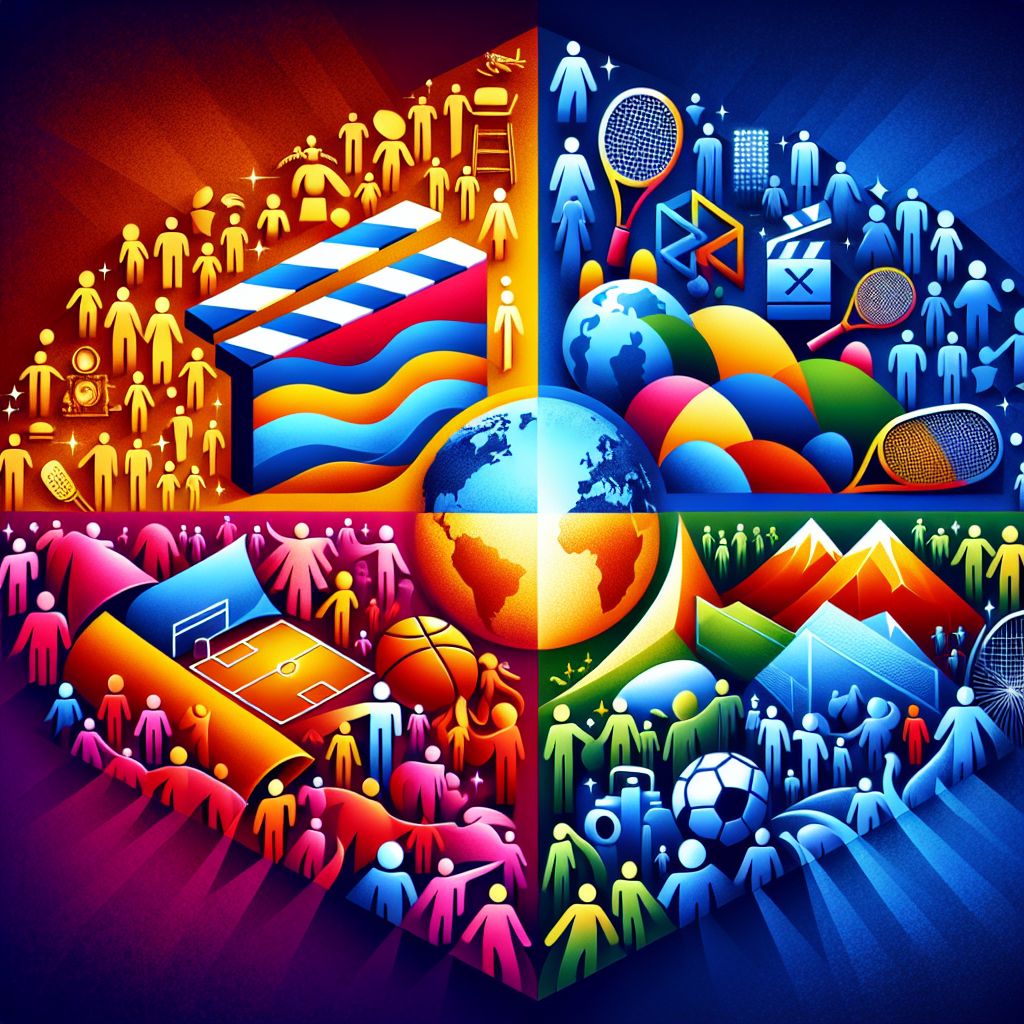
Trending Topics of The Week (16th December – 22nd December)
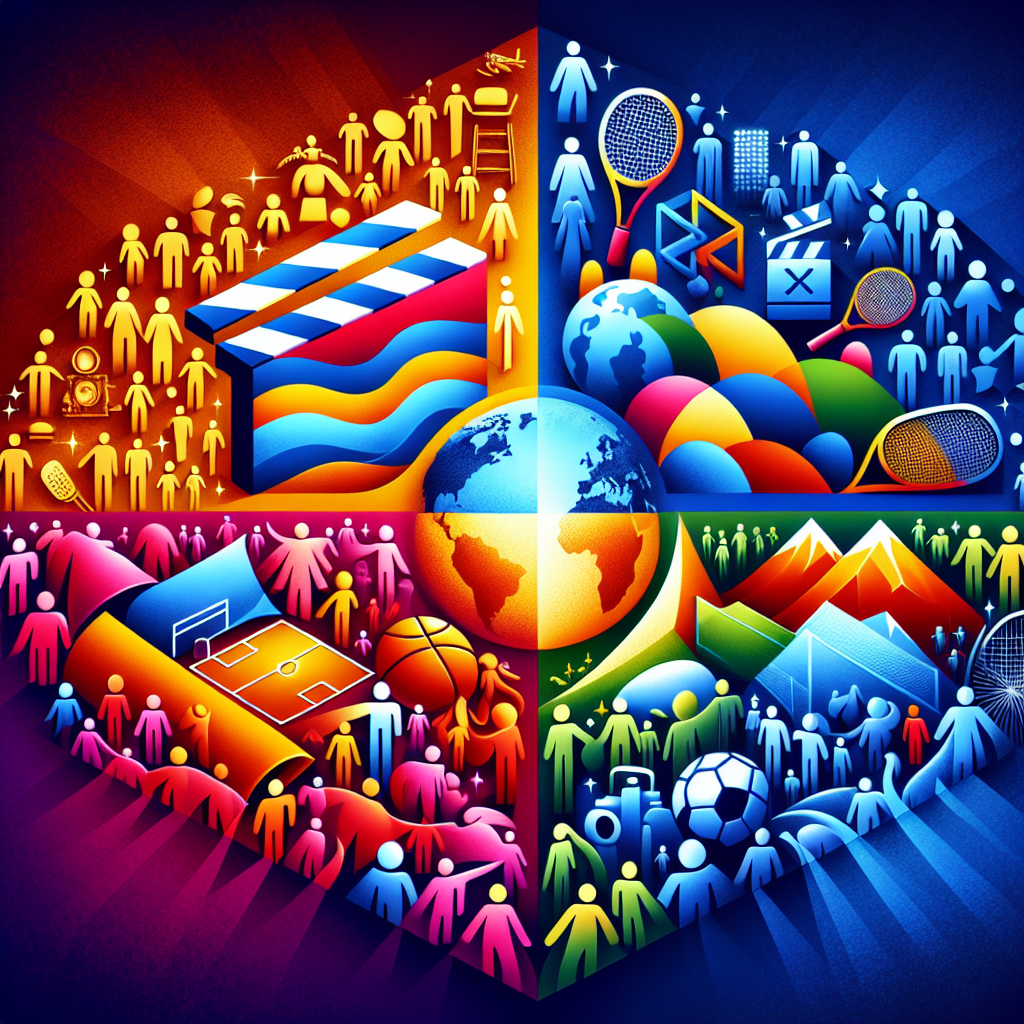
Trending Topics of The Week (9th December – 15th December)
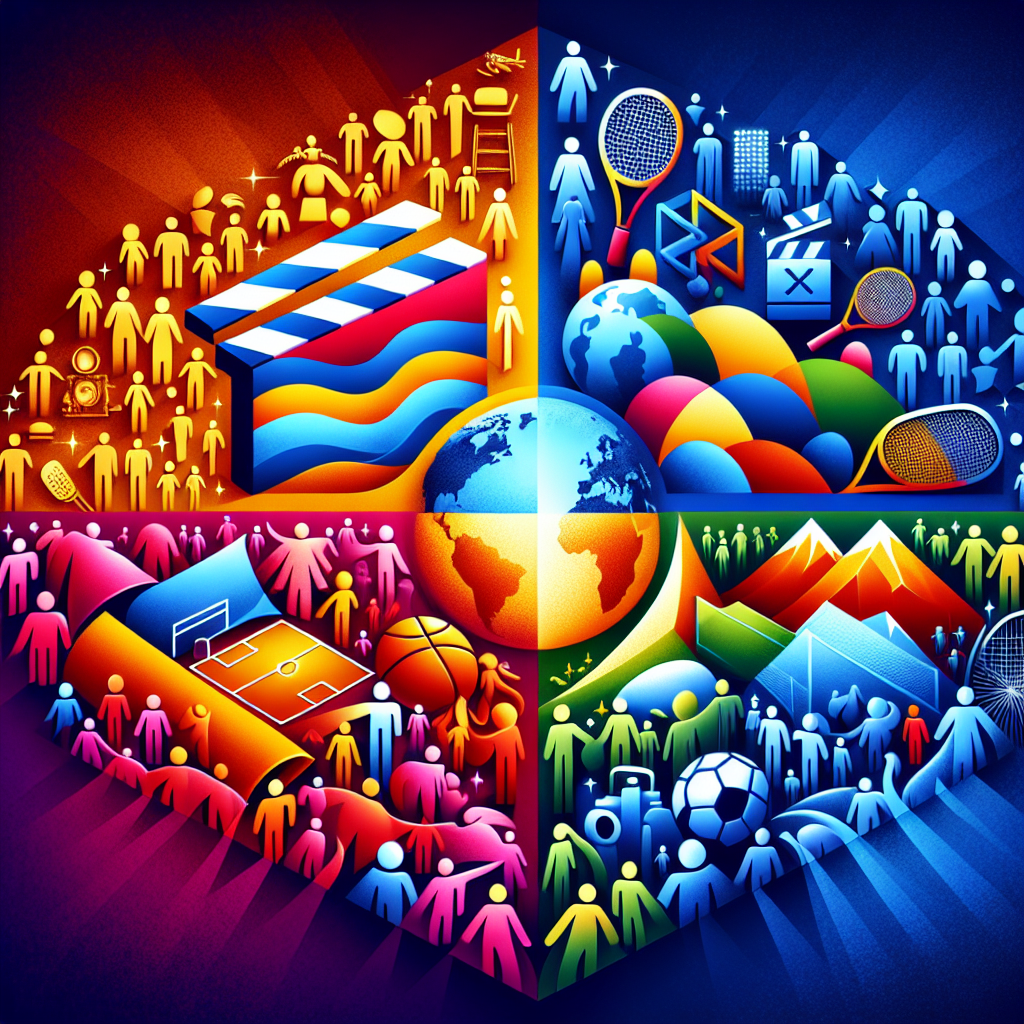
Trending Topics of The Week (2nd December – 8th December)
